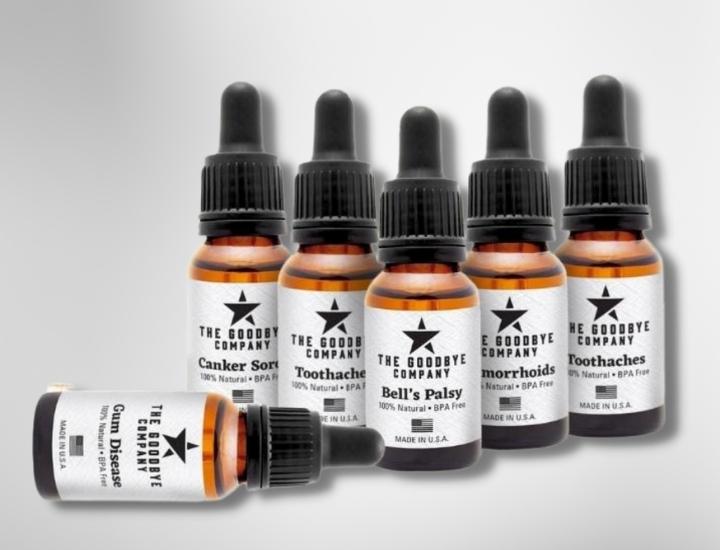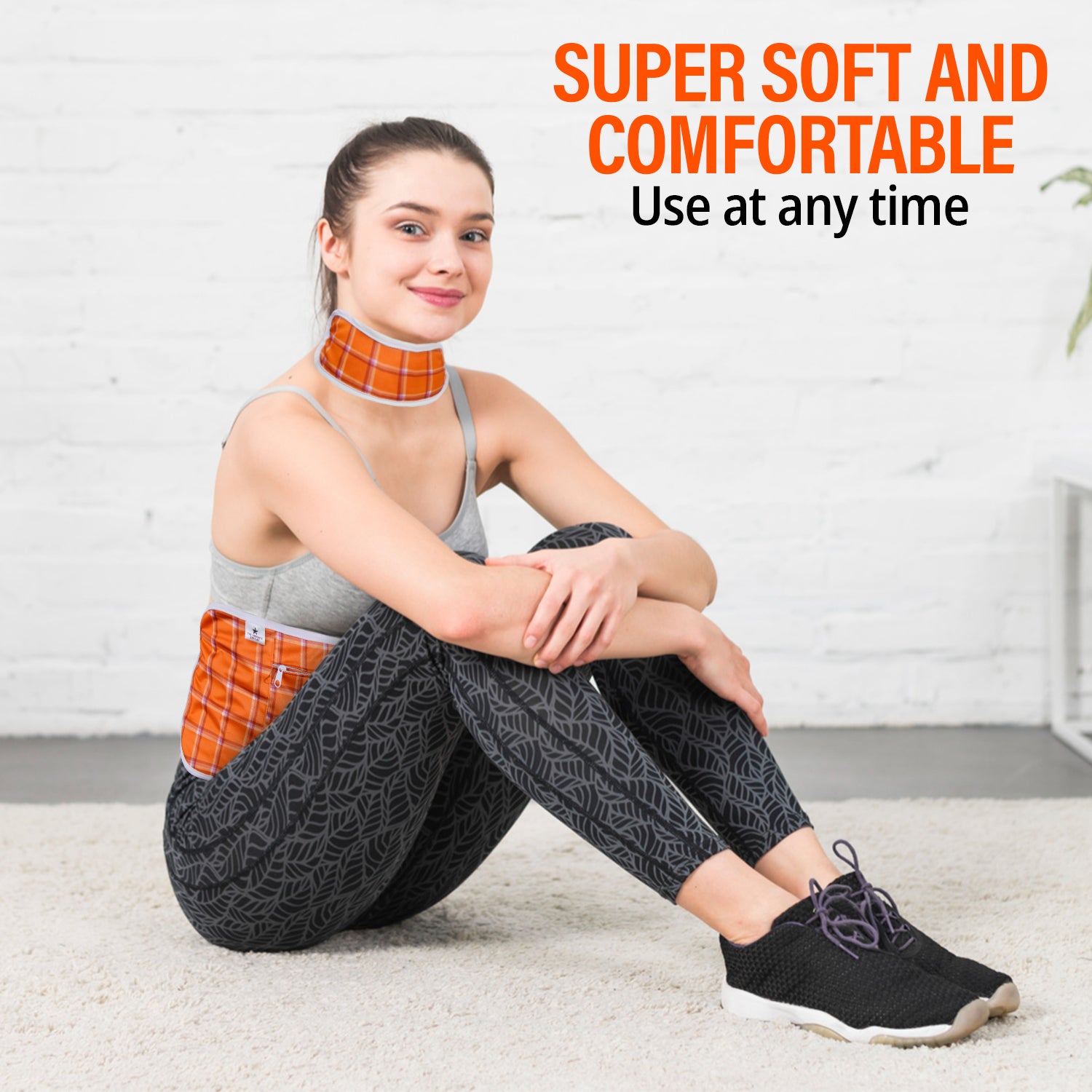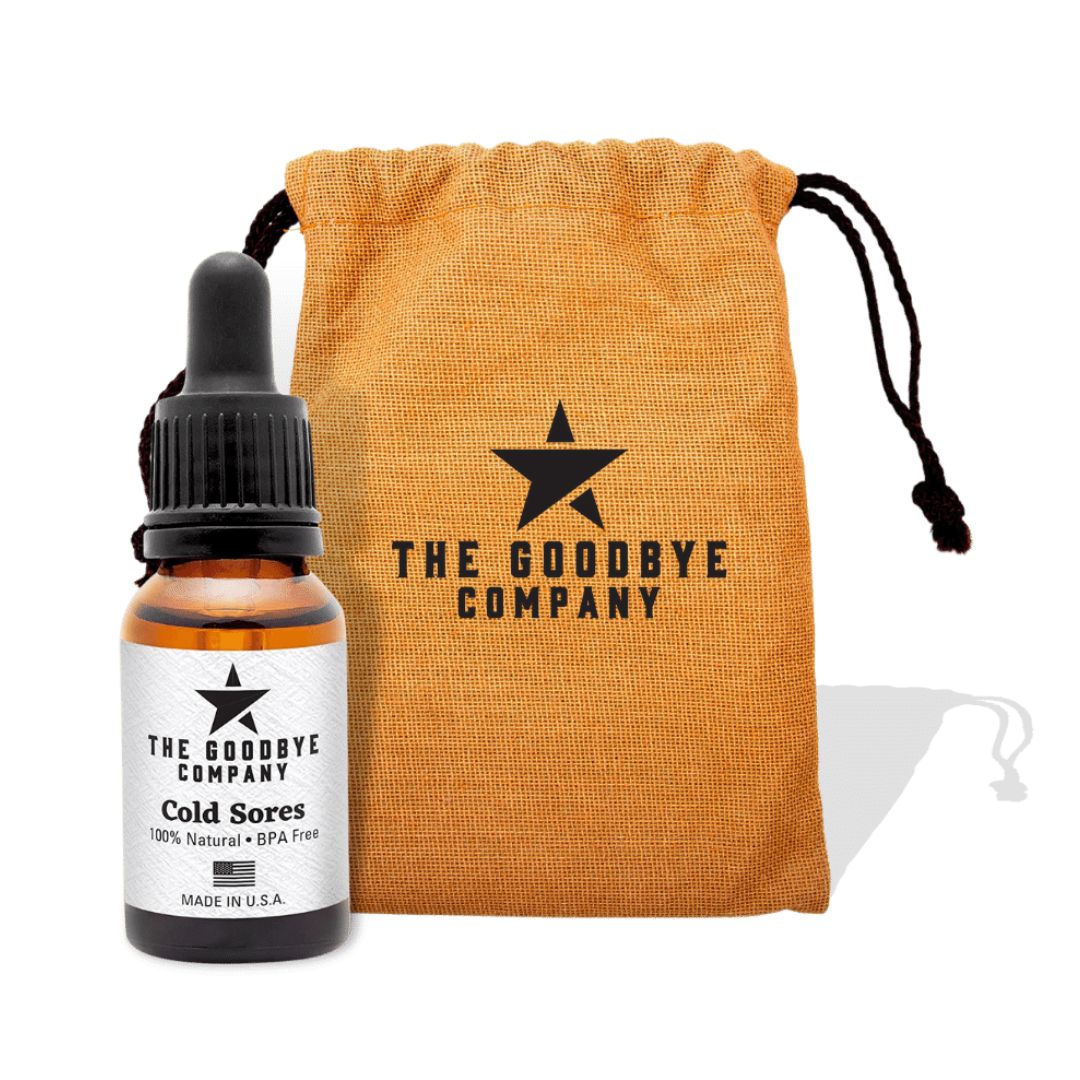KPV is a synthetic tripeptide fragment (Lysine–Proline–Valine) derived from the larger α-melanocyte stimulating hormone (α-MSH). It has been studied in laboratory research for its anti-inflammatory, immunomodulatory, and barrier-protective properties. KPV is of particular interest for research models exploring intestinal inflammation, epithelial integrity, and immune response regulation due to its ability to interact with melanocortin receptor pathways.
Important Note
KPV is not approved for human consumption, medical use, or diagnostic purposes. It is supplied strictly for laboratory research only. Handling should be performed by qualified professionals in an appropriate research setting.
Dosage Reference Chart
| Form |
Suggested Research
Concentration
|
Example Preparation |
Notes
|
| Lyophilized Powder |
10 mg per vial |
Reconstitute with sterile or
bacteriostatic water |
Store dry at –20°C until
use |
| Reconstituted Solution |
200–500 µg/mL |
Dissolve to target concentration for
experiments |
Stable at 2–8°C for 2–3
weeks; do not freeze once
reconstituted |
Experimental
Dosing
(animal studies,
literature-based)* |
Variable by study |
Adjust according to study design |
Preclinical models only |
Features & Properties
- Synthetic tripeptide (Lys-Pro-Val), fragment of α-MSH
- Investigated for roles in reducing pro-inflammatory cytokines
- Explored in laboratory models of colitis, wound repair, and skin barrier support
- Supplied as a sterile lyophilized powder for maximum stability
- Manufactured under strict quality and sterile conditions
Storage & Stability
– Lyophilized peptide: Stable for up to 24 months at –20°C.
– Reconstituted solution: Stable for 2–3 weeks at 2–8°C.
– Avoid repeated freeze–thaw cycles.
Usage Restrictions
-For laboratory research use only
-Not approved for human consumption, medical use, or diagnostic purposes
-Handling should be performed by qualified professionals in controlled research settings
-Store securely & keep out of reach of children
-Do not handle during pregnancy or breastfeeding
Frequently Asked Questions (FAQs)
Q1. What is the content of each vial?
Each vial contains 10 mg of KPV peptide in lyophilized (freeze-dried) form.
Q2. What does the product look like?
The lyophilized peptide appears as a fine white to off-white powder at the bottom of the vial.
Q3. How should KPV be stored?
- Before reconstitution: Store at –20 °C; stable for up to 24 months.
- After reconstitution: Store at 2–8 °C; stable for 2–3 weeks. Avoid multiple freeze–thaw cycles.
Q4. How is KPV reconstituted?
It dissolves readily in sterile water or appropriate laboratory buffers. Always use aseptic technique.
Q5. Is KPV sterile?
Yes — vials are filled under sterile conditions. However, once opened, researchers must maintain sterile handling.
Q6. Is KPV intended for human use?
No. This peptide is for laboratory research only. It is not approved for medical, veterinary, or dietary use.
Q7. What makes KPV an interesting peptide for research?
KPV is studied for its anti-inflammatory signaling effects, including reduction of pro-inflammatory cytokines and protection of epithelial barrier integrity.
Q8. How is the vial packaged?
Each vial is made from 2 mL borosilicate glass, sealed with a butyl rubber stopper and aluminum crimp seal to ensure stability and security.
Q9. How stable is the peptide during shipping?
KPV is lyophilized, making it stable under standard shipping conditions. It should be placed in long-term storage (–20 °C) upon arrival.
Q10. Who can handle this product?
Only qualified laboratory researchers with proper training and protective equipment should handle this peptide.





